To meet the criteria for funding, proposals need to set out the expected benefits and wider impact on the local and national economy, demonstrating how the proposed transport interventions will lead to increased economic growth and productivity. This could include setting out how proposals will affect access to employment and services and how this will generate new growth rather than displacing growth from other areas.
Proposals should demonstrate how they would level up the city region, taking into account both economic and social benefits, assessing where improvements to intra-city transport will deliver the best returns in improving growth, productivity and quality of life.
This could include demonstrating:
- how proposals would increase connectivity from areas that most need access to jobs and amenities to urban centres;
- how transport quality varies locally;
- the impact that levelling up would have on the wider regional and national economy;
- that the intended measures are local priorities that would positively affect people’s lives;
- how transport can open up new areas of regeneration and housing;
- the impact the interventions would have on people’s quality of life in areas beyond the city region’s boundaries.
Proposals should also set out the expected decarbonisation impact, demonstrating how the proposed transport interventions would support decarbonisation in the city region and be fully aligned to the UK’s legal commitments on delivering carbon budgets and net zero.
South Yorkshire aims to reach net zero by 2040.
This should include predicted levels of carbon emissions and congestion reduction, predicted uptake in low and zero emission transport, and how the impact of higher-emission modes could be mitigated.
Proposals should show how they will encourage people (and in some cases deliveries) to switch from cars to active travel and public transport, how they should prioritise such modes, and that plans will not lead to overall increases in car use or car modal share.
Congestion and pollution measures will also be assessed. Proposals should show how they will tackle traffic congestion, promote the use of public transport and improve air quality.
Local contribution
The government expects proposals to be ambitious while still ensuring value for money and longevity of new and existing transport infrastructure. To this end, city regions should consider how their current funding and other potential funding sources available to them could be used in conjunction with CRSTS funding to achieve their transport ambitions when developing their proposals.
City regions should demonstrate this through:
- identifying local contributions available to complement their investment from the CRSTS
- outlining how the proposed transport interventions could contribute to long-term fiscal sustainability
- demonstrating how revenue sources could be increased to supplement CRSTS investment
As a minimum, at least a 15% local contribution (fully additional to government funding) should be planned for by MCAs for capital works.
Other objectives and considerations
The government is required to comply with the Public Sector Equality Duty, as set out in the Equality Act 2010. All authorities are required to show how they will support delivery of the government’s ambition stated in the Inclusive Transport Strategy "for disabled people to have the same access to transport as everyone else, and to be able to travel confidently, easily and without extra cost".
Proposals should set out how modern methods of construction will be used for efficient delivery, such as modular design.
Evaluation
Monitoring and evaluation of projects funded through settlements is a condition of funding. All authorities will be required to set aside a proportion of funding allocated to undertake monitoring and evaluation of CRSTS schemes.

 The City Region Sustainable Transport Settlement (CRSTS) is a government funding stream, starting in 2022 and renewing every five years.
The City Region Sustainable Transport Settlement (CRSTS) is a government funding stream, starting in 2022 and renewing every five years.


